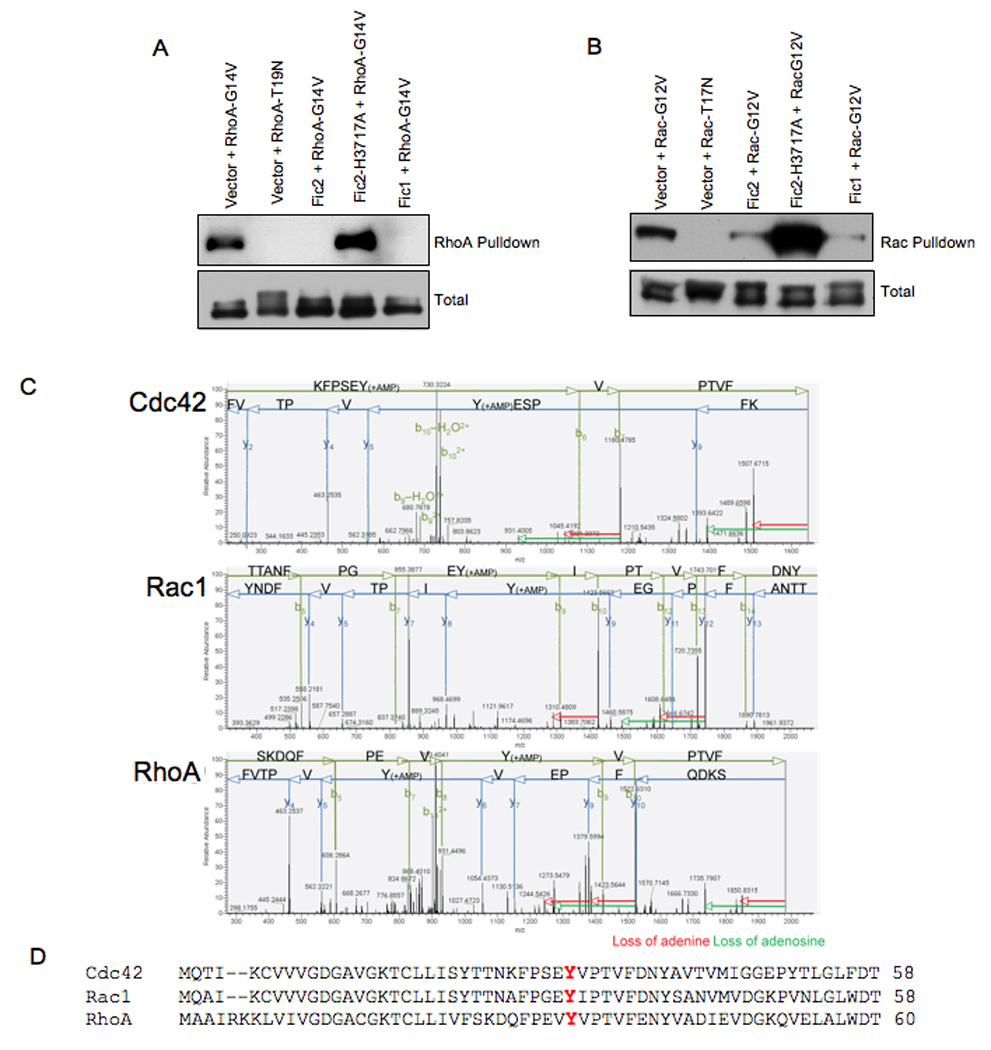Figure 4. Fic2 expression in HeLa cells inhibits the ability of activated RhoA and Rac to bind to downstream effectors.

(A) Fic2 expression inhibits the binding of activated RhoA to rhotekin. HeLa cells expressing EGFP-Fic2, EGFP-Fic2-H3717A, or EGFP-Fic1 in conjunction with the constitutively GTP-bound 3xHA-tagged RhoA (G14V) or the constitutively GDP-bound 3xHA-tagged RhoA (T19N) were lysed and used for affinity precipitation with 30 µg Rht-PBD. The proteins bound to the beads as well as total extract samples were separated on SDS-PAGE, transferred to nitrocellulose membrane, and blotted with HA.11 antibody.
(B) Fic2 expression reduces the binding of activated Rac to its downstream effector, PAK. HeLa cells expressing EGFP-Fic2, EGFP-Fic2-H3717A, or EGFP-Fic1 in conjunction with the constitutively GTP-bound 3xHA-tagged Rac (G12V) or the constitutively GDP-bound 3xHA-tagged Rac (T19N) were lysed and used for affinity precipitation with 30 µg PAK-PBD. The proteins were visualized as described above.
(C) MS/MS fragmentation patterns. MS/MS fragmentation acquired on the ThermoLTQ Orbitrap mass spectrometer of AMP modified peptides of Cdc42, Rac and RhoA. Key fragments are annotated in either green (b ions) or blue (y ions). The loss of adenine (red arrow) or the loss of adenosine (green arrow) are indicated from the fragment losing the molecules.
(D) Alignment of the switch I region of Rho GTPases. The adenylylated Tyr (Y) is shown in red.
